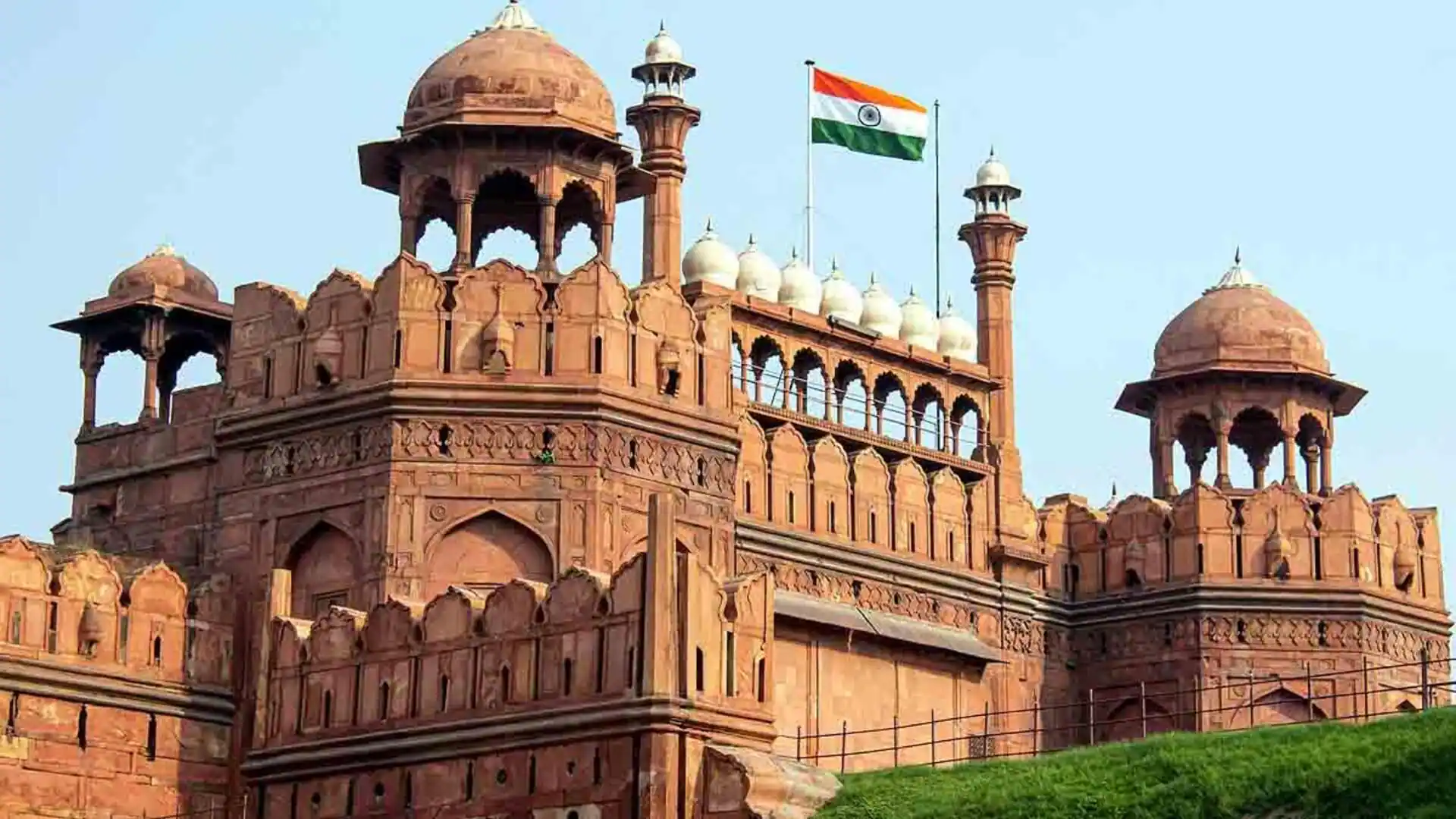By Snehil Singh
Copyright newsbytesapp

Severe air pollution in Delhi is damaging the Red Fort, the iconic 17th-century Mughal-era monument. A study published in the journal Heritage said that researchers have found black crusts of pollutants forming on its red sandstone walls. The research was conducted between 2021 and 2023 by scientists from the Indian Institutes of Technology (IIT) Roorkee and Kanpur, Università Ca’ Foscari of Venice, and the Archaeological Survey of India (ASI). The study found that black crusts vary in thickness from 0.05mm to 0.5mm, depending on the exposure to pollutants. These deposits are made up of gypsum, bassanite, and weddellite, along with heavy metals like lead and zinc. The pollutants come from vehicular emissions, cement factories, and construction activities in Delhi. Chemical reactions between these pollutants further damage the monument by eroding gypsum layers during rainfall. The study found that PM2.5 and PM10 particulate matter are major contributors to the blackening of surfaces exposed to ambient air. These pollutants settle over time, causing visible discoloration on the fort’s walls. The researchers also observed blistering, salt crystallization, and dampness-related crumbling near entrances of the fort. Nitrates and oxalates were found to infiltrate sandstone, causing internal stress and biological growth. The Red Fort was commissioned by Mughal Emperor Shah Jahan in 1639 as his capital’s citadel. It was completed in 1648 and has been a UNESCO World Heritage site since 2007. The study recommends timely conservation strategies to protect the fort from further damage. Stone protectives or sealants could be applied to highly affected areas to slow down or prevent black crust formation on the monument’s walls.



